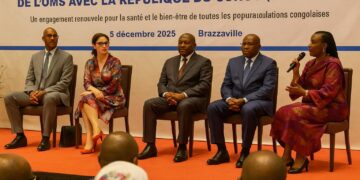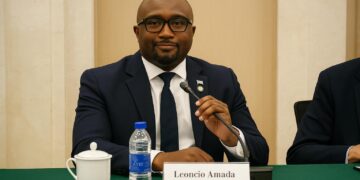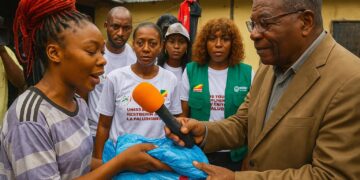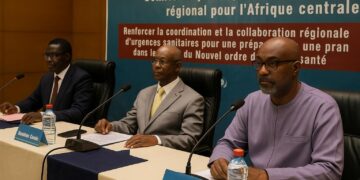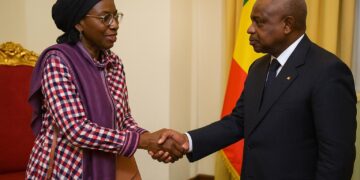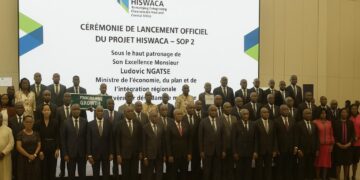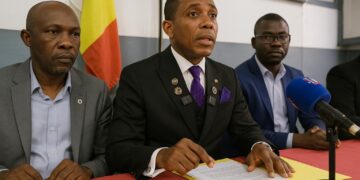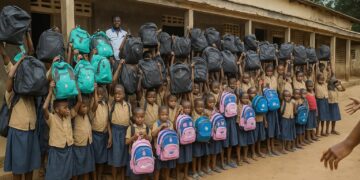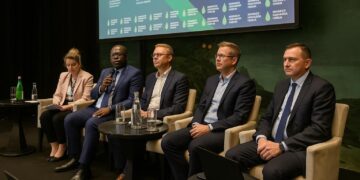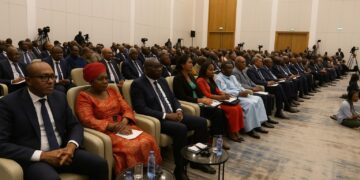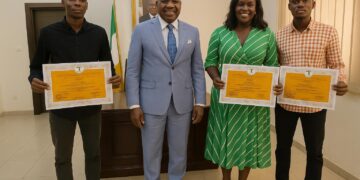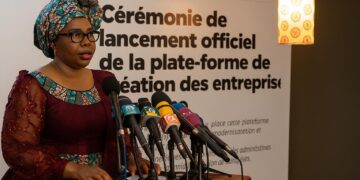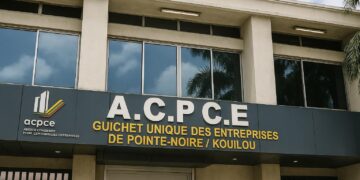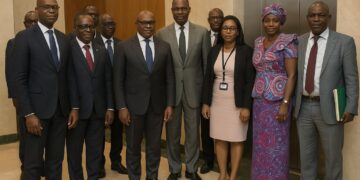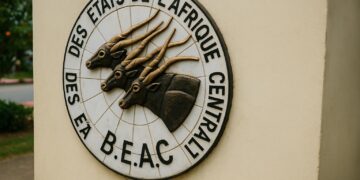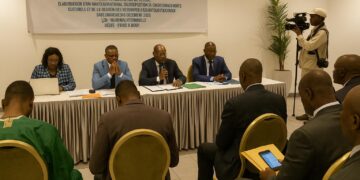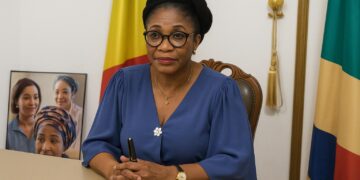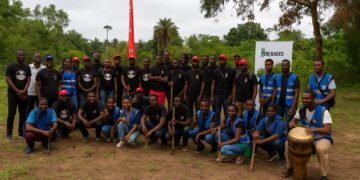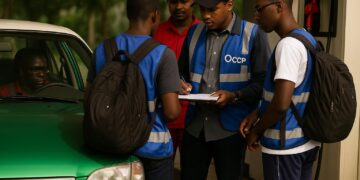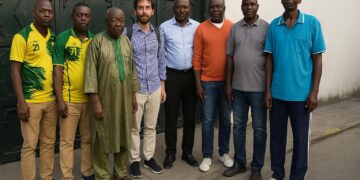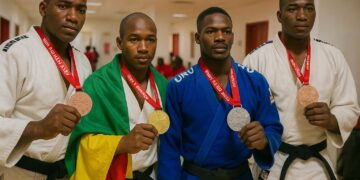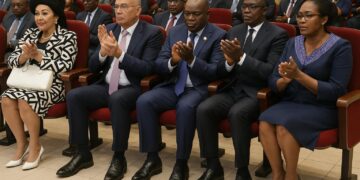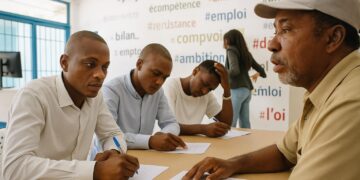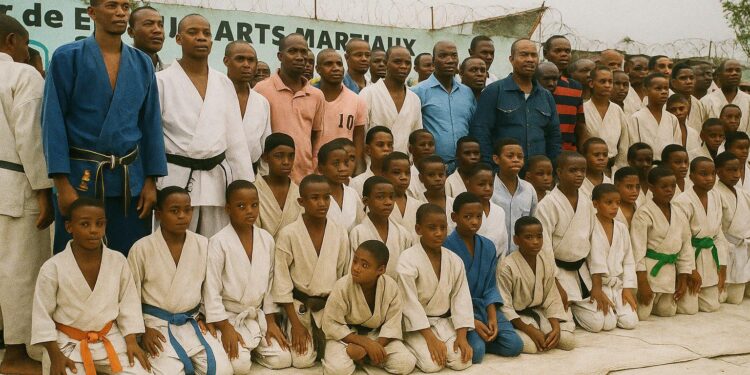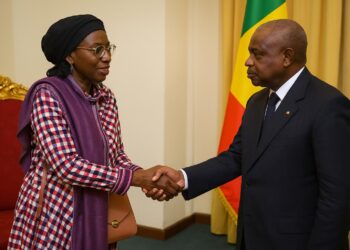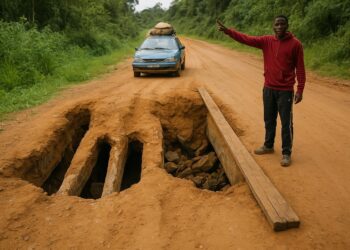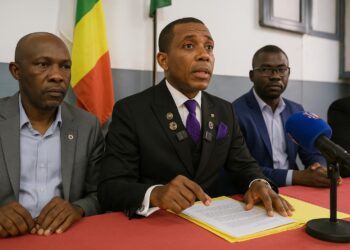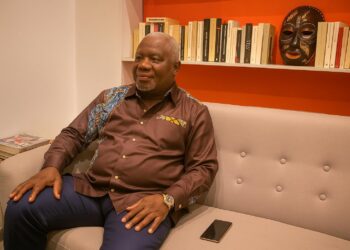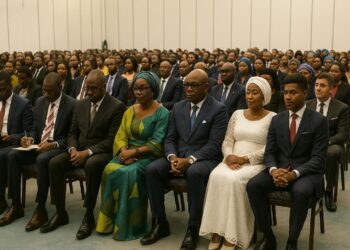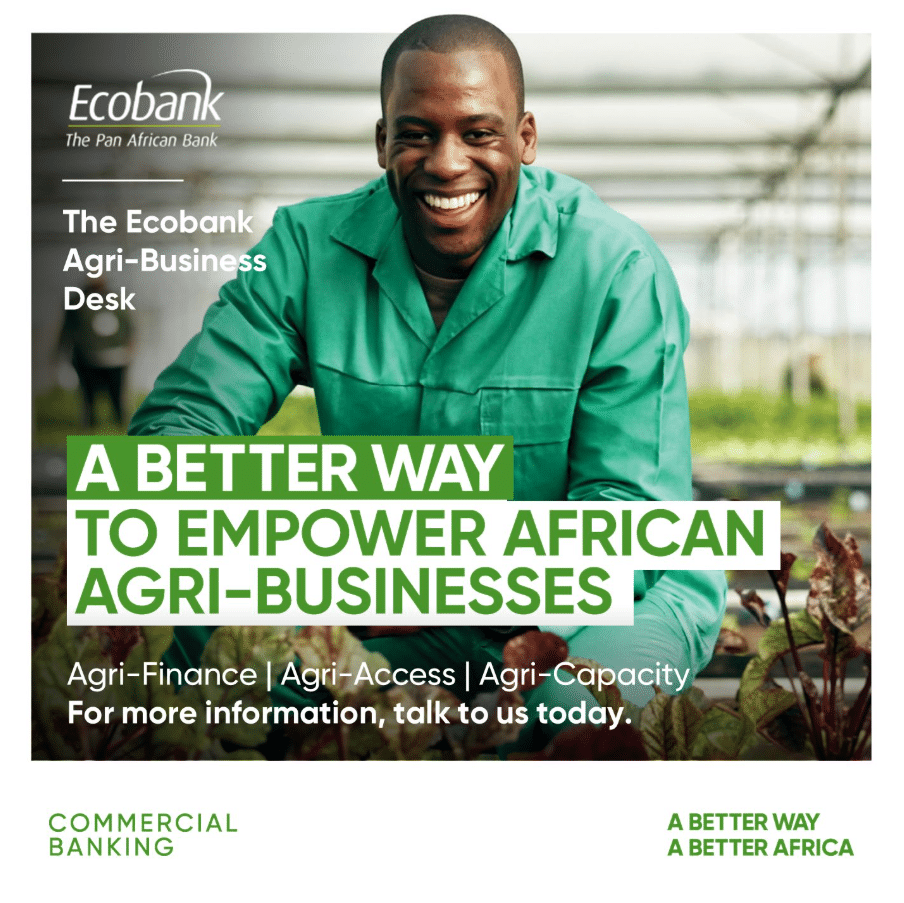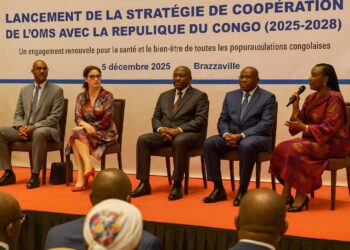A Quiet Birthplace of African MMA
On the banks of the Congo River, far from the Las Vegas lights that usually frame global mixed-martial-arts narratives, a two-day training camp gathered some forty young fighters at Brazzaville’s Alphonse-Massamba-Débat complex. The initiative, led by the Congolese professional athlete Emmanuel Sita, answered a long-standing paradox: despite the country’s storied record in Olympic disciplines such as boxing and judo, it remains almost invisible inside the octagon. Sita, who competes under the Extreme Fighting Championship banner, is still introduced abroad as a South African or, ambiguously, ‘Congolese from DRC’. The seminar therefore served a dual purpose—technical selection and symbolic rectification.
Regional analysts note that the Republic of the Congo entered organised combat sports in the 1960s, yet the absence of a dedicated MMA federation slowed its integration into the sport’s global value chain (International Mixed Martial Arts Federation, 2024). The camp thus fills an institutional vacuum, providing biometric assessments, grappling drills and sports-nutrition workshops aligned with the Unified Rules of MMA.
Diplomatic Soft Power through Sport
Beyond its athletic ambitions, the project dovetails with a broader governmental strategy that frames culture and sport as vectors of influence. Since the African Union’s 2021 Action Plan on Sport Diplomacy, several Central African states have embraced sporting initiatives as low-cost instruments of visibility. Brazzaville—host of the first All-Africa Games in 1965—has historical capital in that arena, and the rise of a home-grown MMA circuit could modernise that legacy without disrupting budgetary ceilings.
Officials at the Ministry of Foreign Affairs concede, off record, that attracting international fight cards would complement President Denis Sassou Nguesso’s narrative of ‘peaceful competitiveness’, a formula articulated during the 2023 National Development Plan. While no formal endorsement was issued, diplomatic counsellors present at the camp read it as a pilot programme for future sports visas and cultural exchange agreements with Brazil and the United Arab Emirates, both signatories to training partnerships unveiled by Sita.
Public-Private Synchrony in Talent Incubation
Analysts often lament disjunctions between state structures and entrepreneurial initiatives across the region; the Brazzaville camp suggests a tentative convergence. Equipment sponsors from Porto Alegre and Dubai supplied smart gloves able to record strike velocity, data later shared with the Directorate of Elite Sport. Meanwhile, the national telecom operator provided bandwidth for real-time analytics, aligning with the government’s digitalisation agenda.
The synergy also responds to the African Continental Free Trade Area’s emphasis on creative industries. By professionalising local fighters, Congo positions itself to negotiate athlete contracts under intra-African labour mobility clauses, diversifying an economy still tethered to hydrocarbons (African Development Bank, 2023).
Broadcasting Strategy and National Branding
Sita’s arrangement with private stations DRTV and Vox TV adds a domestic layer to the deal that already ties him to EFC’s pay-per-view ecosystem, currently broadcast in 120 countries. According to media-rating agency Médiamétrie Afrique, a prime-time combat-sports slot can deliver up to a 14 % youth share in francophone markets, an audience coveted by advertisers and public communicators alike. The prospective simulcast of Congolese bouts therefore constitutes inexpensive yet resonant nation branding.
In practice, local broadcasters will acquire a library of EFC fights while experimenting with bilingual commentary—French for domestic audiences, English for regional syndication—enhancing soft-power reach without heavy capital expenditure.
Navigating Regulatory and Safety Frameworks
No sporting expansion is immune to governance concerns. The Congolese National Olympic Committee is drafting a protective charter to harmonise anti-doping regulations with World Anti-Doping Agency protocols. Sita’s camp, for its part, submitted participants to pre-competition medicals supervised by military physicians, an approach praised by the African Union of Sports Medicine (AUSM, 2024).
Critics caution that the spectacle of cages could clash with local sensibilities. Yet sociologists at Marien-Ngouabi University observe that martial arts enjoy a syncretic legitimacy, reflecting deep-seated traditions of initiation and controlled physical prowess. By institutionalising safety norms—compulsory mouthguards, unified round duration, and post-fight neurological scans—the authorities aim to pre-empt ethical pushback while retaining the sport’s compelling aesthetic.
Prospects for Continental Integration
The training camp closed with an exhibition tournament whose footage is being edited for submission to the Global Association of Mixed Martial Arts, the gatekeeper for world rankings. Should even one Congolese athlete secure an EFC contract, Brazzaville would enter a network that already funnels Nigerian, South African and Cameroonian fighters to Las Vegas and Abu Dhabi cards.
Such trajectories align with the Central African Economic and Monetary Community’s aspiration to diversify cultural exports. By exporting athletes rather than raw commodities, Congo-Brazzaville may refine its international profile amid a crowded diplomatic marketplace, while offering its youth a disciplined pathway distinct from artisanal mining or informal trade. Observers will be watching whether the momentum generated in late July converts into institutional permanence over the coming seasons.

